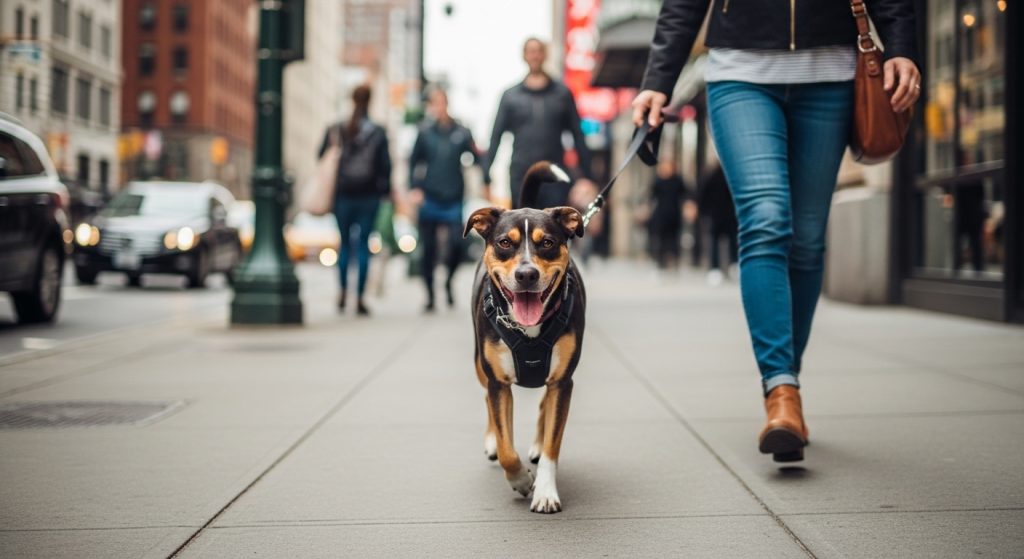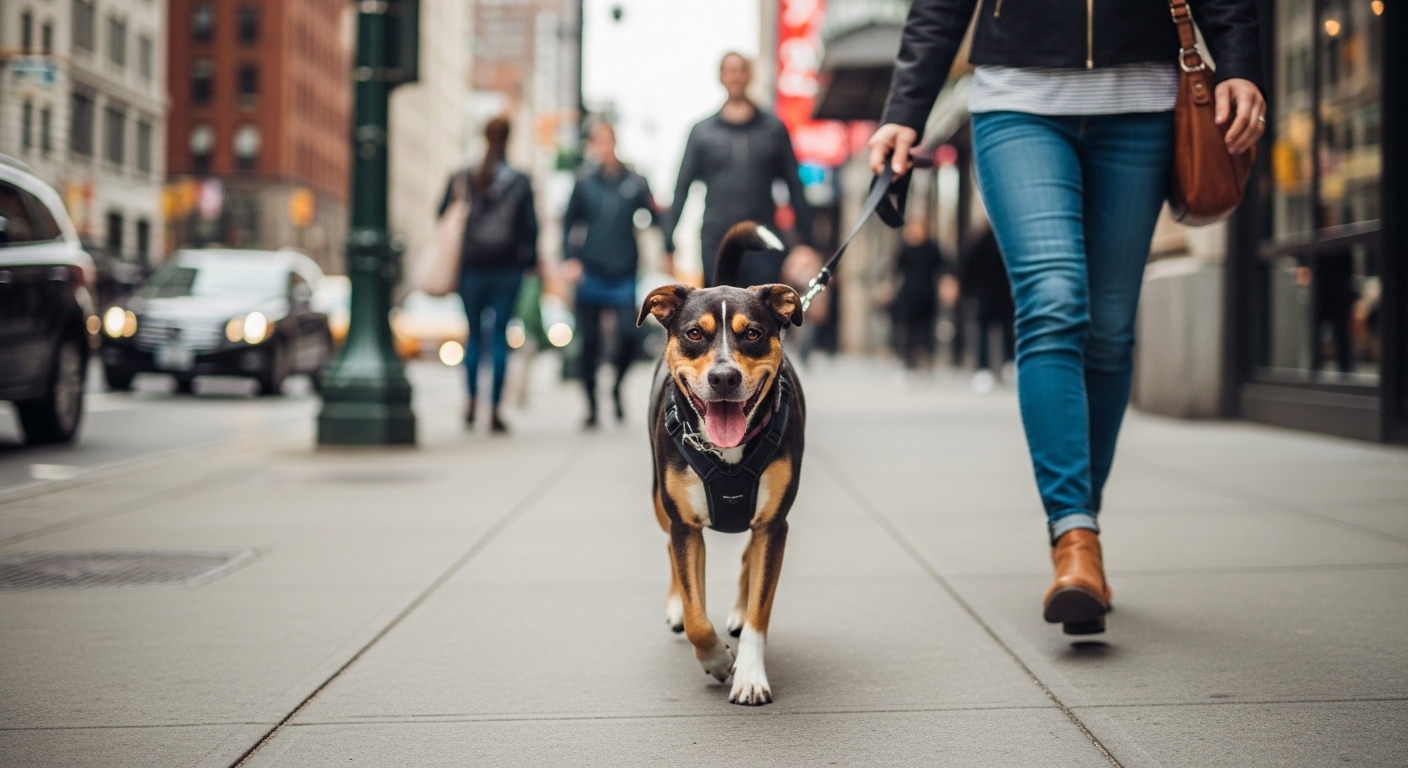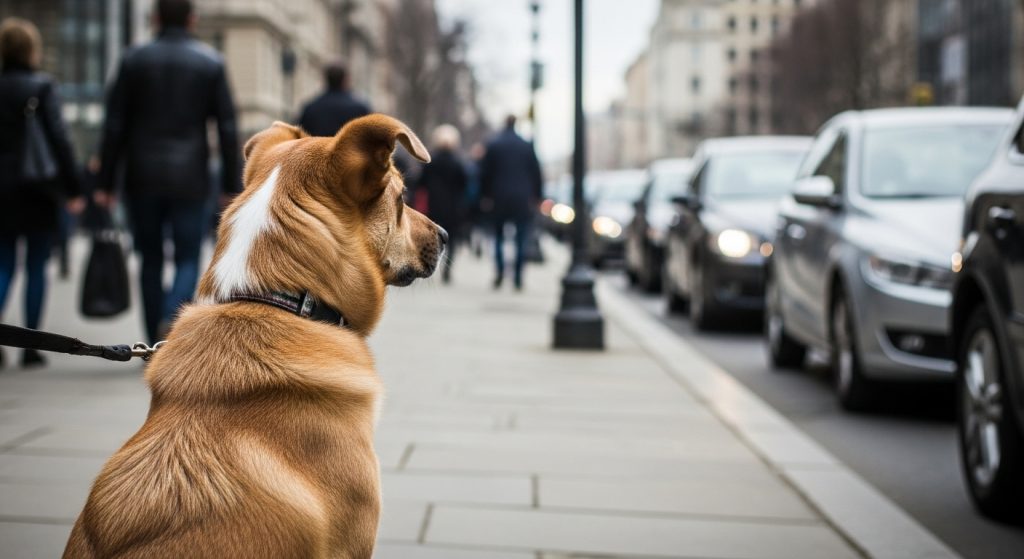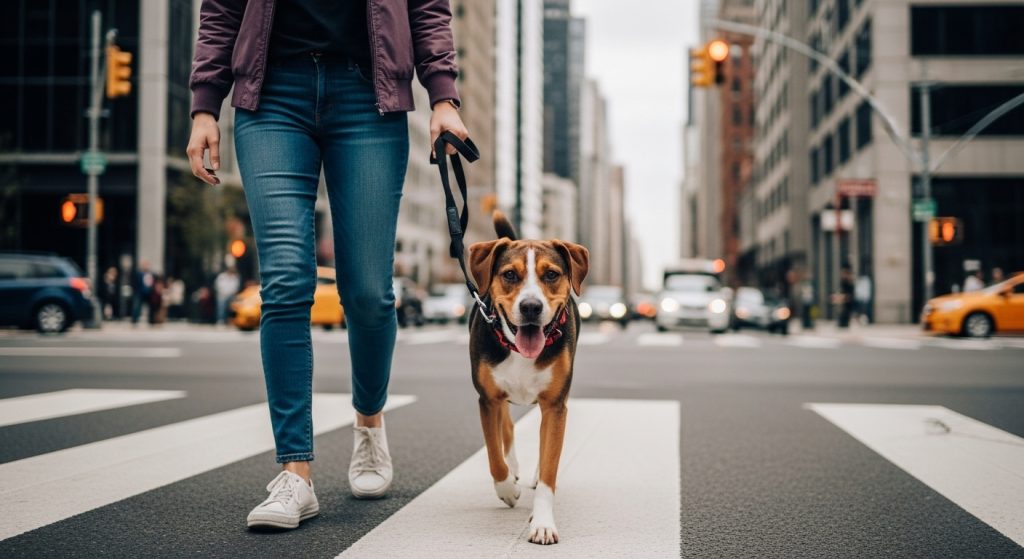Living in a bustling city can be overwhelming for dogs. The constant noise, crowded sidewalks, traffic, and unfamiliar sights can trigger anxiety or fear in even the most confident pets. Socialization is key to helping your dog feel safe, calm, and adaptable in urban environments.
This guide takes a friendly, step-by-step approach to socializing your dog in busy city settings. By understanding your dog’s needs, practicing structured exposure, and building confidence gradually, you can transform chaotic city streets into a playground of new experiences and positive growth.
Recognizing Stress and Comfort Zones
Before taking your dog into busy city streets, it’s essential to understand their triggers and comfort levels.
Observe Your Dog’s Body Language
Dogs communicate stress subtly. Watch for tucked tails, lip licking, paw lifting, yawning, or avoidance behaviors. Early recognition of these signs prevents fear escalation and allows timely interventions.
Temperament Matters
Some dogs are naturally bold and curious, others shy or cautious. Knowing your dog’s personality helps you tailor socialization approaches. For example, a timid dog benefits from gradual exposure to fewer distractions, while a confident dog may thrive in busier settings.
Controlled Introductions to Stimuli
Start small. Introduce low-traffic streets, quiet plazas, or calm parks before venturing into crowded markets or busy intersections. This staged exposure builds confidence gradually, preventing overwhelming experiences.
Positive Associations
Pair new experiences with treats, praise, and play. Positive reinforcement helps your dog associate city life with safety and fun. Avoid punishment for fearful behaviors — it often worsens anxiety.
Practical Socialization Activities in the City
Socialization is best learned through structured activities that introduce your dog to urban stimuli while encouraging calm, confident responses.
Urban Walks with Purpose
Short, frequent walks in slightly busy areas help dogs adjust gradually. Let them observe and sniff their surroundings without rushing. Slowly increase exposure to busier streets, parks, or cafes as comfort grows.
Sound Familiarization
City noises — honking, sirens, construction — can be intimidating. Begin with quieter streets and gradually introduce louder sounds. Reward calm reactions with treats and praise. Audio recordings at home can also help desensitize dogs before venturing out.
Meeting People and Other Dogs
Controlled social interactions are key. Start with brief encounters with strangers or other pets at a distance. Reward polite, calm behavior. Gradually allow closer, longer interactions in safe environments. Dog-friendly cafes, plazas, or fenced parks are ideal spaces for practice.
Interactive and Mental Engagement
City walks are full of sights and smells. Engage your dog with training cues, scent games, or puzzle toys during walks. Mental stimulation reduces stress, improves focus, and encourages positive associations with urban life.
Building Confidence and Maintaining Safety
Even after initial socialization, ongoing practice and attention to safety are essential for dogs navigating busy cities.
Consistency Is Key
Regular exposure reinforces learning. Daily walks, scheduled socialization, and consistent training prevent regression and build resilience.
Safe Gear and Identification
A secure harness or leash keeps your dog safe in crowded areas. Reflective gear enhances visibility during evening walks. Always ensure your dog wears an ID tag with up-to-date contact information.
Monitor for Signs of Stress
Be vigilant for panting, trembling, avoidance, or excessive barking. Take breaks in quieter areas to prevent overwhelm. Reward calm behavior and gradually reintroduce stimuli.
Emergency Preparedness
Carry water, collapsible bowls, and a small first-aid kit. Know the location of nearby veterinary clinics or pet hospitals. Being prepared reduces anxiety for both you and your dog.
Turn Socialization Into Lifestyle
Attend city dog events, training classes, or meetups. Frequent exposure to diverse urban scenarios — from busy sidewalks to parks and public transport — keeps dogs adaptable, confident, and well-adjusted.

Socializing your dog in busy city environments is a gradual, rewarding process. By observing stress signals, introducing stimuli carefully, practicing structured exercises, and maintaining consistent routines, your dog can thrive in urban life.
City adventures provide mental stimulation, social engagement, and valuable bonding time. With patience, positive reinforcement, and thoughtful planning, urban life can become a safe, enriching playground for dogs — making city living enjoyable for both pet and owner.



